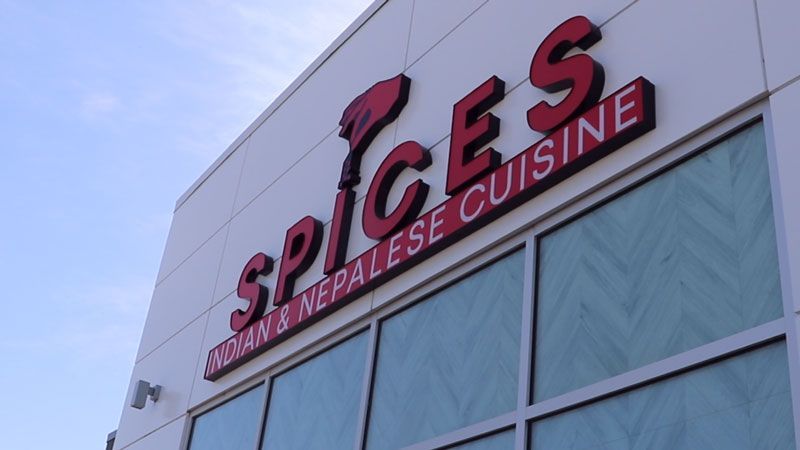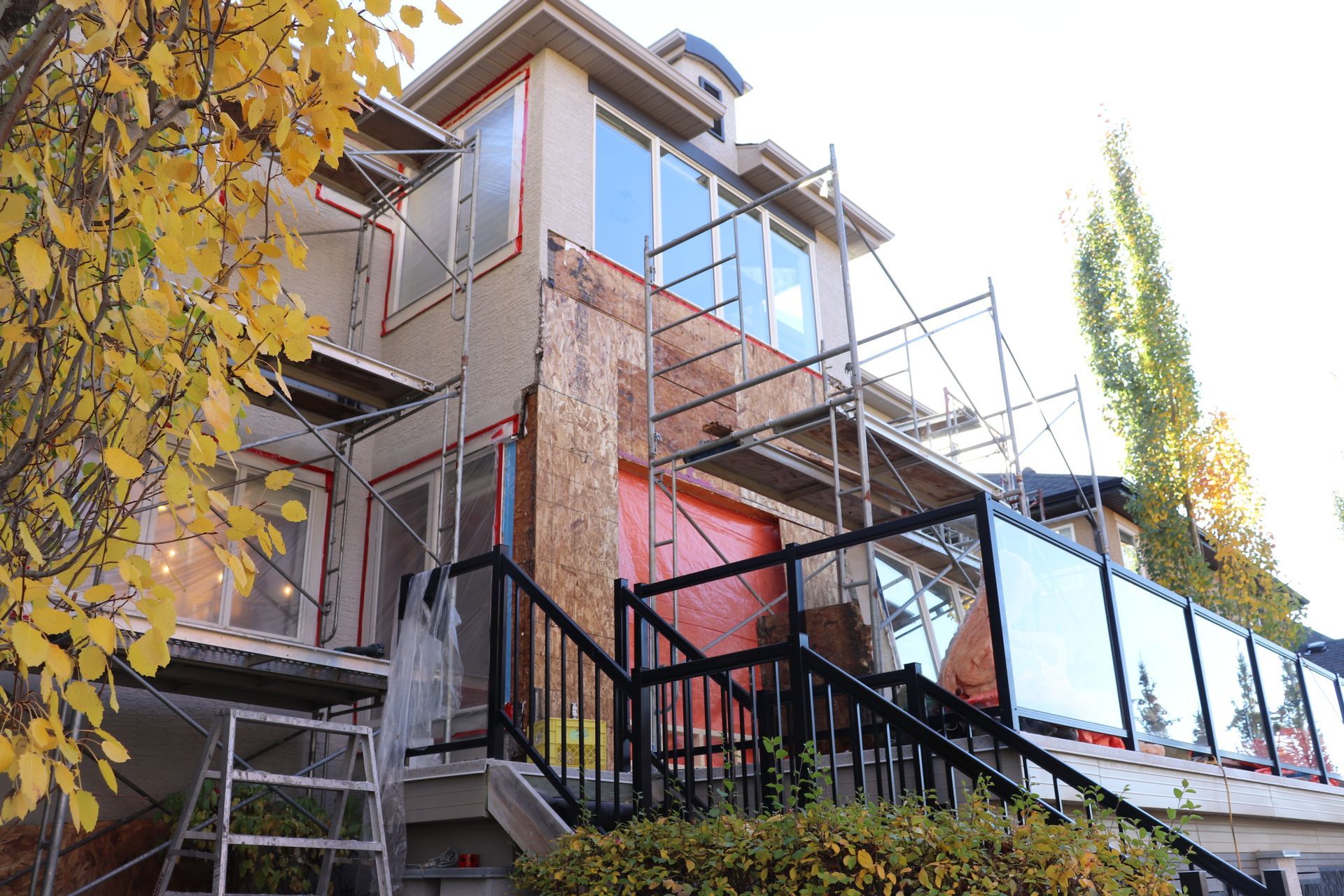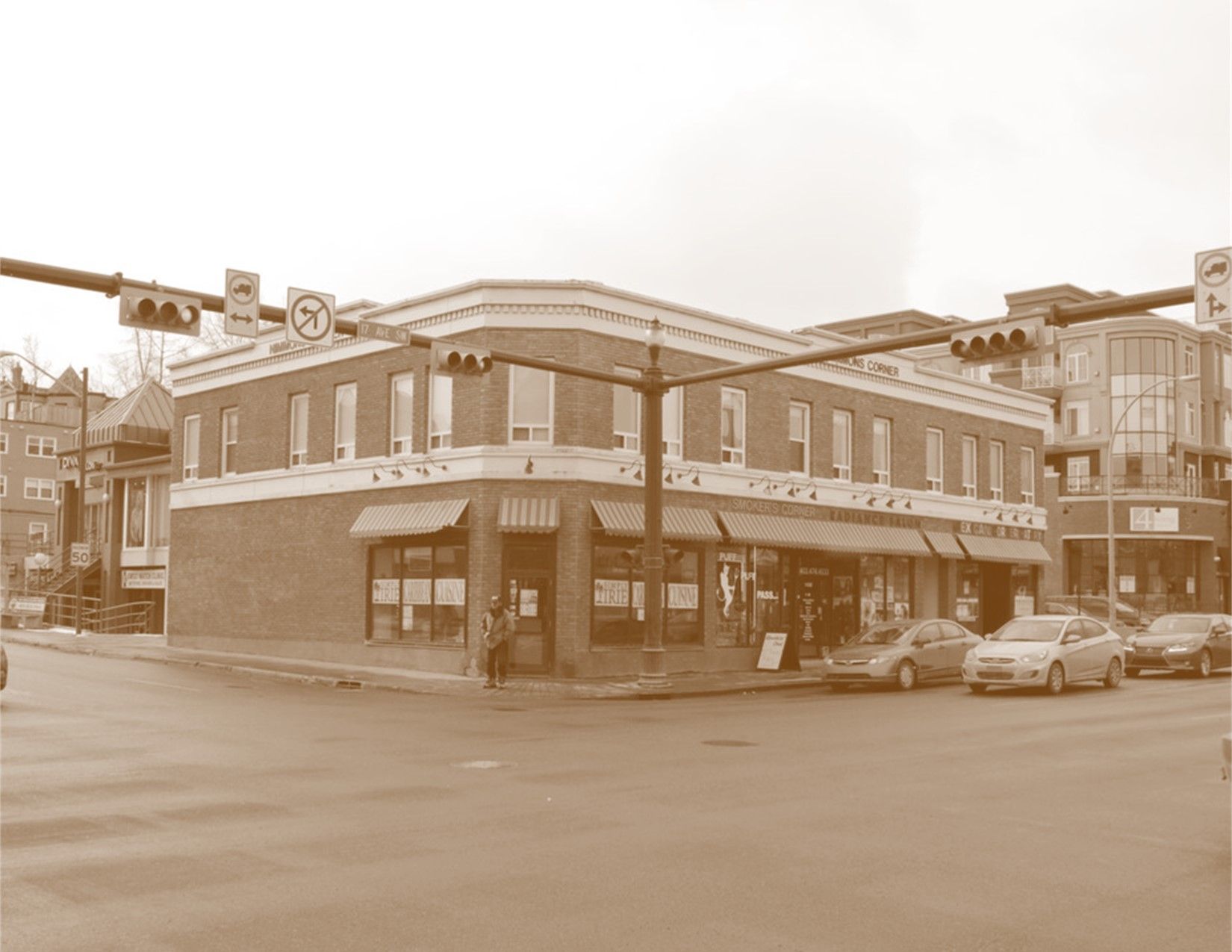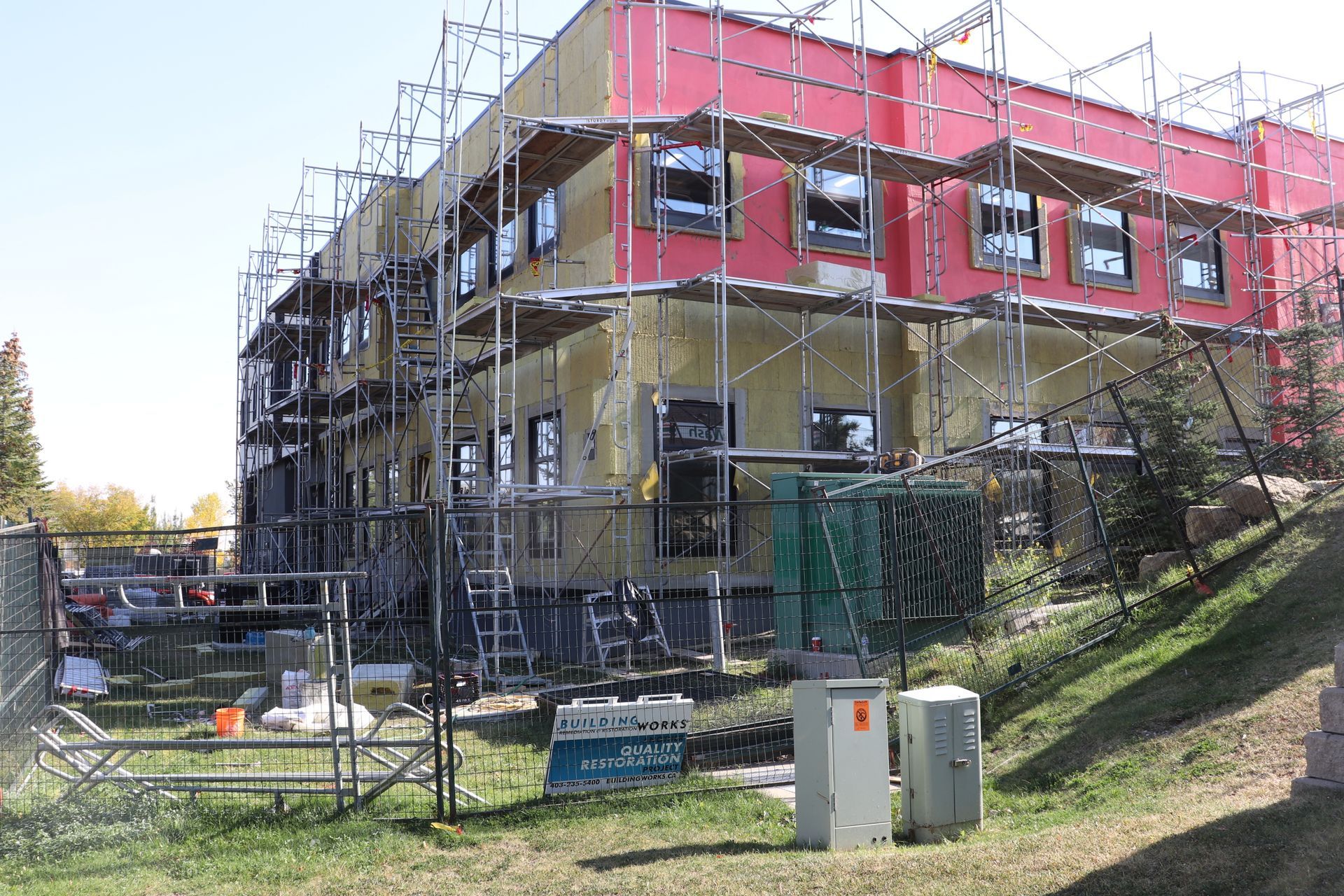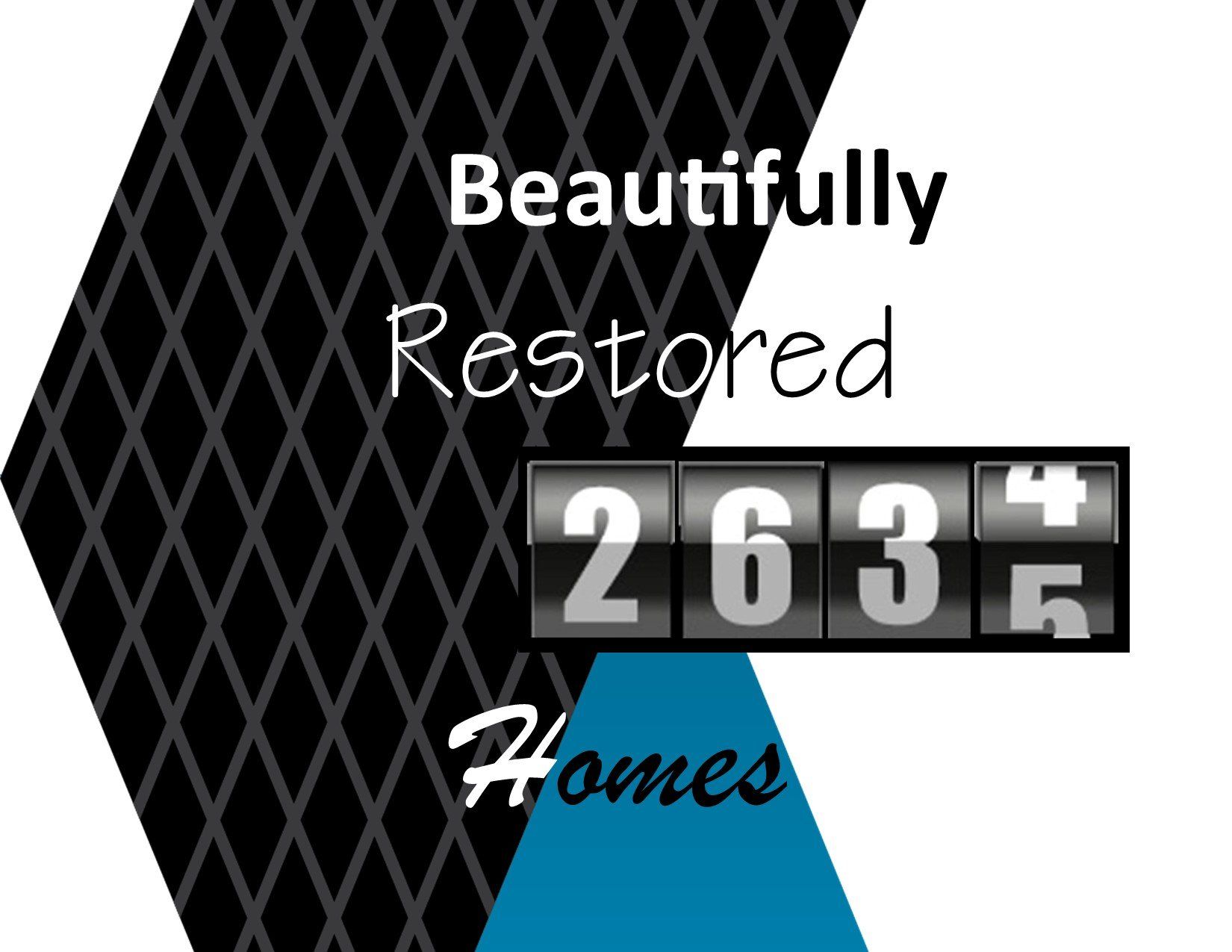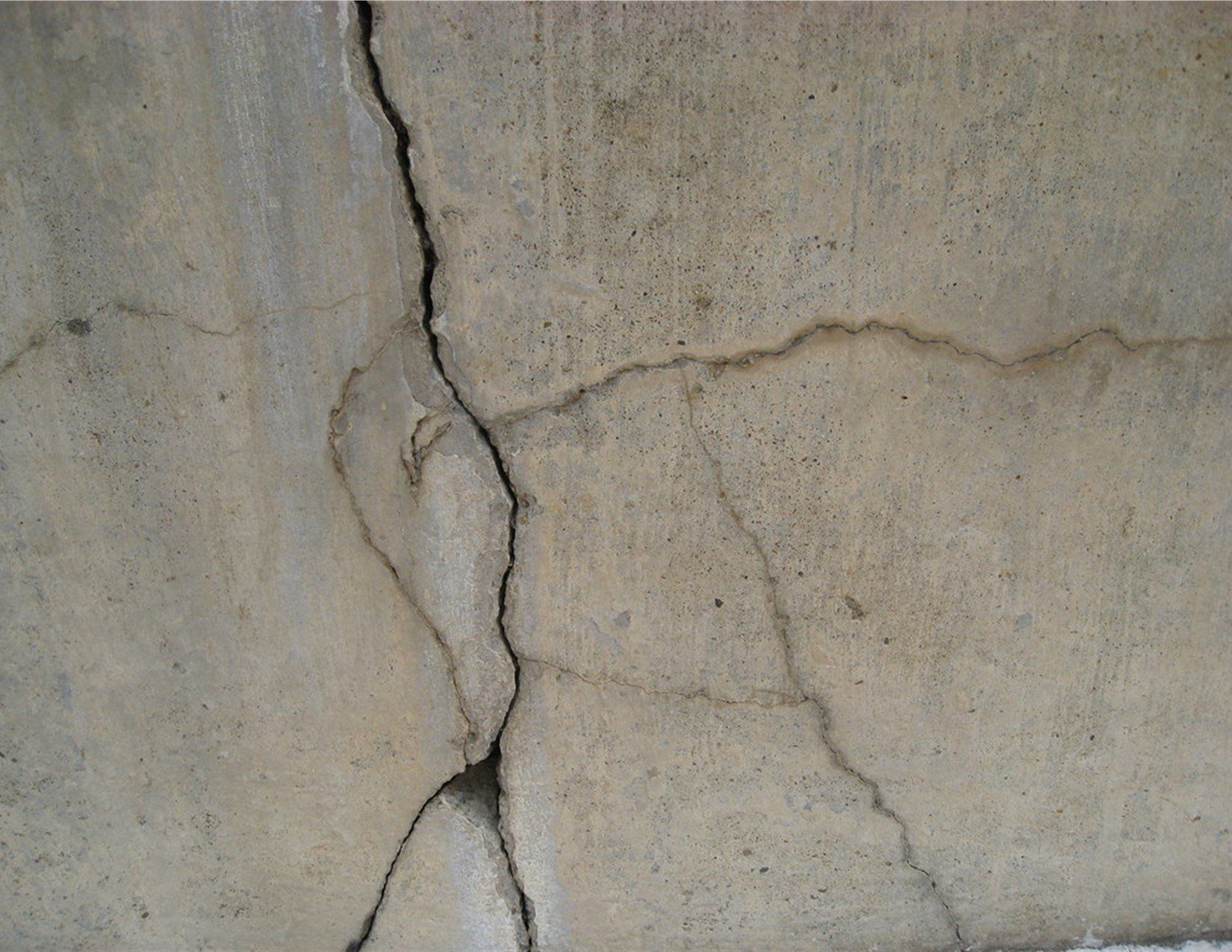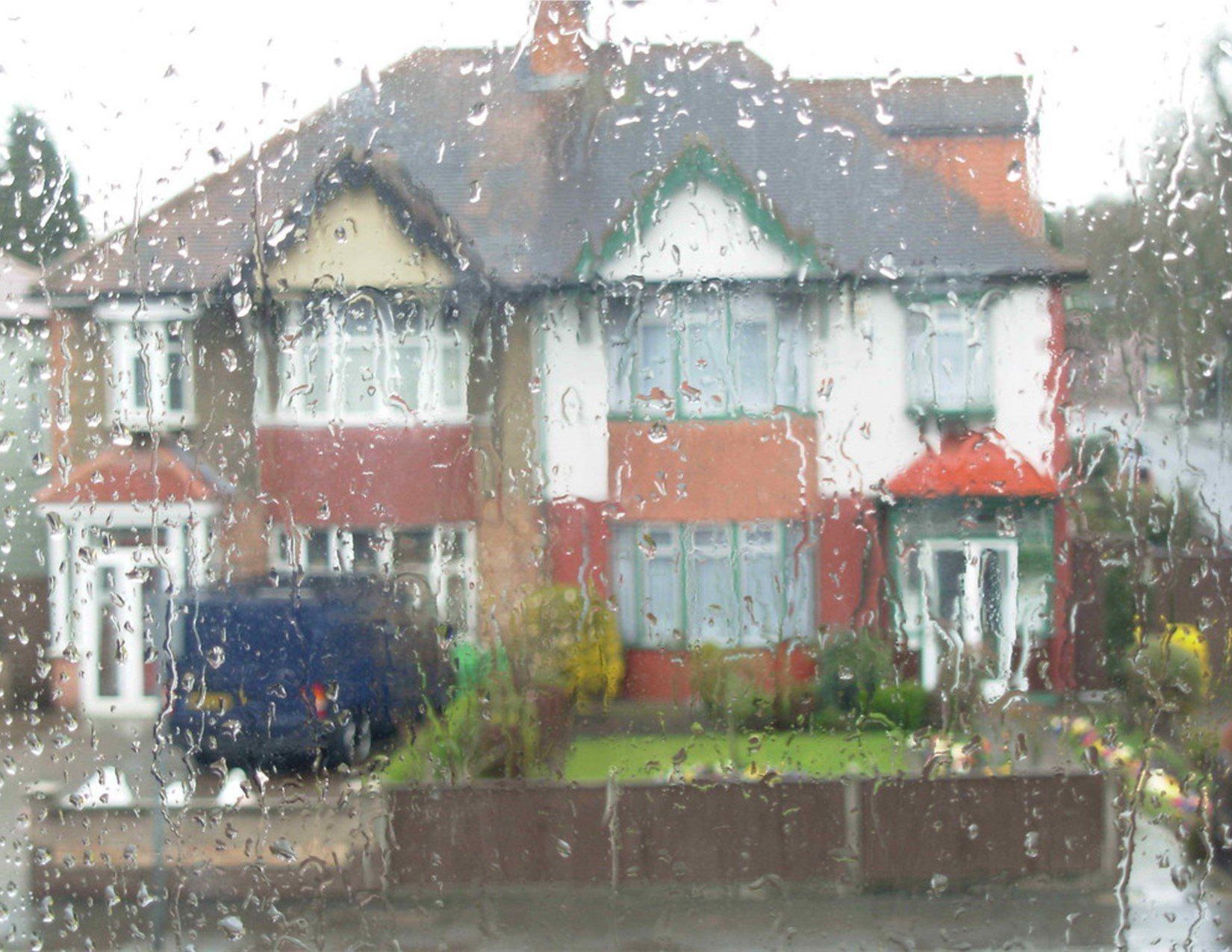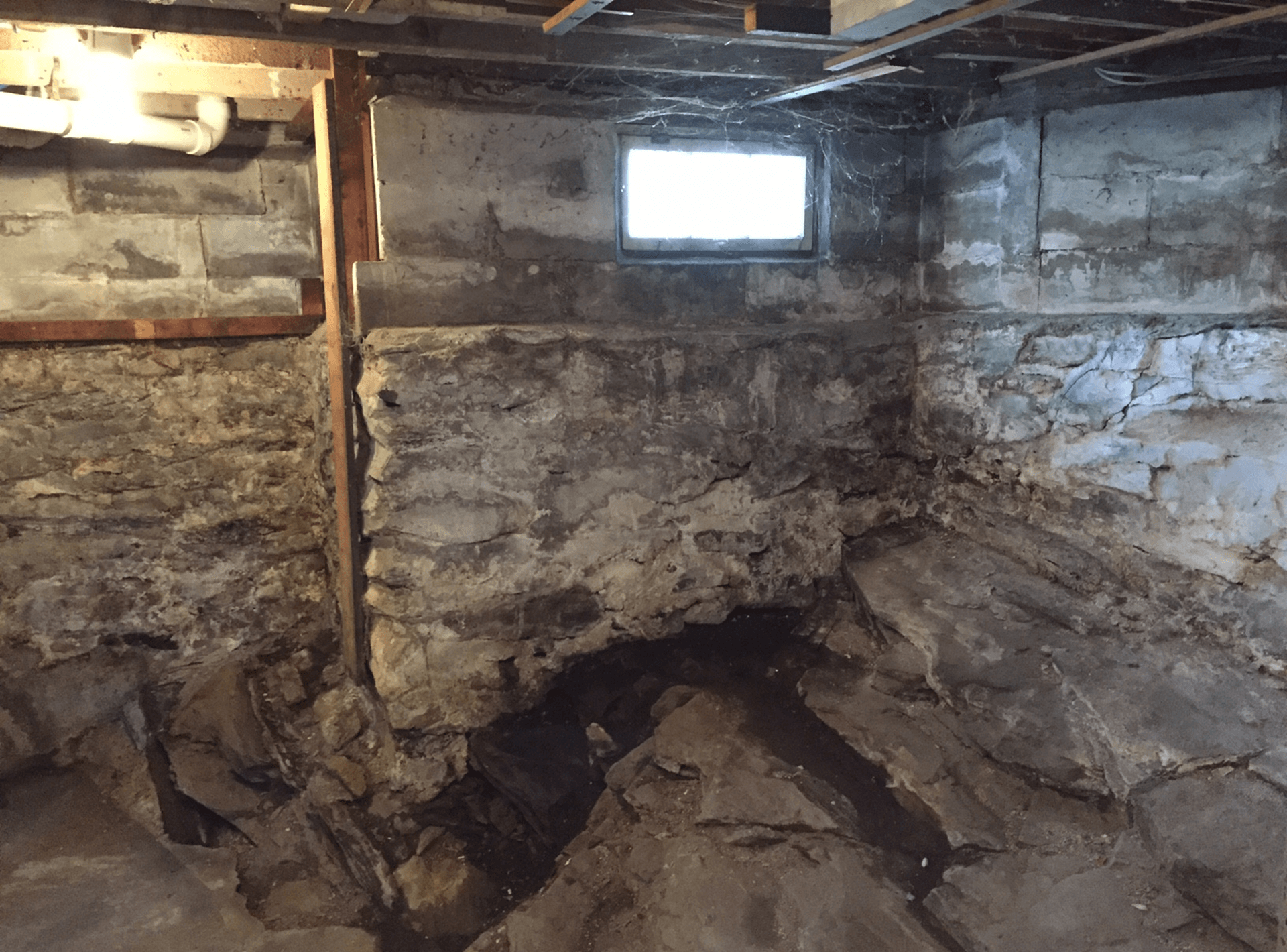Why residential building envelope protection matters
When you think of home repair or maintenance, what comes to mind? Carpets need to be cleaned, the garage needs reorganizing and maybe we need to repaint the kitchen. But where does the home's envelope—the outside walls, windows, doors, and roof—fit into this world? It’s not exactly a priority. After all, it’s still standing, isn’t it? Wrong. The home’s exterior not only stands but also determines how comfortable you are inside. You see, your house is at risk right now: It faces natural elements like rain and wind plus bugs and rodents. Yes, that beautiful home needs protection from all of these things so it can last for many years.
The residential construction industry has come a long way in the last century. When you think of early-20th-century housing, what comes to mind are cramped quarters with uninspired layouts and absence of natural light. Those days are long gone thanks to modern innovations that drive residential structures beyond simple shelter and into sublime living spaces optimized for comfort and cost-efficiency. To achieve this goal, builders must be cognizant of every feature that goes into planning these structures. From selecting materials to designing layouts, there are several considerations related to residential build envelope protections that cannot be understated.
The effectiveness of these elements determines how well a home can resist water infiltration, heat loss in winter, and other potential threats from the outdoors. Whether you’re working on a new project or simply want to protect your current one from moisture-related damage and accelerated decay for years to come, learning about residential building envelope protection is essential.
Building life expectancy
One of the biggest benefits of improving your residential building envelope protection is that it can help extend the life expectancy of your home. If you live in an area that experiences periods of extreme weather — such as Alberta’s heavy rain, snowfall, high winds or temperatures that swing wildly between hot and cold — your home’s structure is put to the test. Improperly installed, aged or damaged building envelope components can easily break or tear, compromising the structural integrity of your home. Therefore, if you’re able to seal, repair and replace worn or torn building envelope components, you can significantly extend the life expectancy of your home. That’s why it’s essential to identify any signs of trouble in your home’s structure and promptly repair any defects or broken components. If you wait too long, they could cause significant damage that requires costly repairs and could shorten the lifespan of your home.
Identifying envelope problems
The exterior of your home can be harmed in a variety of ways. Here are some common problems that may need to be addressed:
- Cracks in the walls, foundation, windows, doors, and roof
- Dampness, rotting, or water damage
- Insect infestation
- Increased energy costs
Each of these issues has its own unique set of solutions and treatments. However, one thing is clear: Your envelope needs protection.
The biggest reason to fix your roof and walls: save money
It may seem surprising, but the biggest reason to fix your roof and walls is to save money. When you repair a small issue, it’s less likely that you’ll have to start replacing more expensive items. For example, if you notice a leak in the roof and repair it immediately, you may not need to replace the whole roof. Or if a window is leaking water and you repair it as soon as possible, you may never need to replace the window or even paint it. Most homeowners don't realize that debris can build up on their roofs causing damage. Another concern is air leaks caused by worn-out windows and doors. These issues can increase your heating and cooling bills drastically because less insulation will be available for your home.
Your biggest investment is your home
While it’s important to protect your health and the indoor air quality in your home, it’s also critical to protect your finances. Improving your residential building envelope protection allows you to avoid costly repairs that can quickly add up. Roof repairs, for example, can cost thousands of dollars, while foundation repairs can cost tens of thousands of dollars. Similarly, replacing or repairing windows can be costly, and can significantly reduce your property’s value. If you can avoid these expenses by taking proactive steps to improve your residential building envelope protection, it can save you significant money in the long run. Therefore, when you’re planning to improve the durability of your home’s structure, it’s important to find contractors who use the latest techniques and offer worthwhile warranties. This ensures that the contractors will return to make necessary repairs if their initial work falls short of your expectations.
Add value using the latest building exterior techniques
New construction techniques can help enhance the look of your home, while also making it more durable, providing added protection against weather and potential damage. In the same way, homeowners can also improve the aesthetics and functionality of existing buildings by retrofitting with the latest building envelope techniques. This can help add value to your home and make it more desirable to potential buyers.
The Problem with Residential Envelope Protection
The problem is that the average homeowner doesn't think about their home's envelope. Many people don’t realize how much it needs to be maintained or what damage it can cause if not. The prolonged exposure to natural and manmade threats will cause water to leak in and make the house damp. It could also lead to mold and mildew growth, which can increase allergens inside your home. That’s why you need residential envelope protection: to ensure that your home’s structural integrity is sound. Your family deserves a comfortable, healthy home.
Bottom line
Your home's envelope is the first line of defense to protect your home from the environment. It also determines how long your home lasts because it's constantly exposed to such harsh conditions. To ensure a lasting relationship with your house, take care of its exterior today. Taking on residential building envelope protection is just as important as regular maintenance like cleaning carpets or painting the kitchen.
Residential building envelope protection matters.
From foundations to rooftops, we work to protect your building envelope. Call us at 403-235-5400 for a free estimate.
